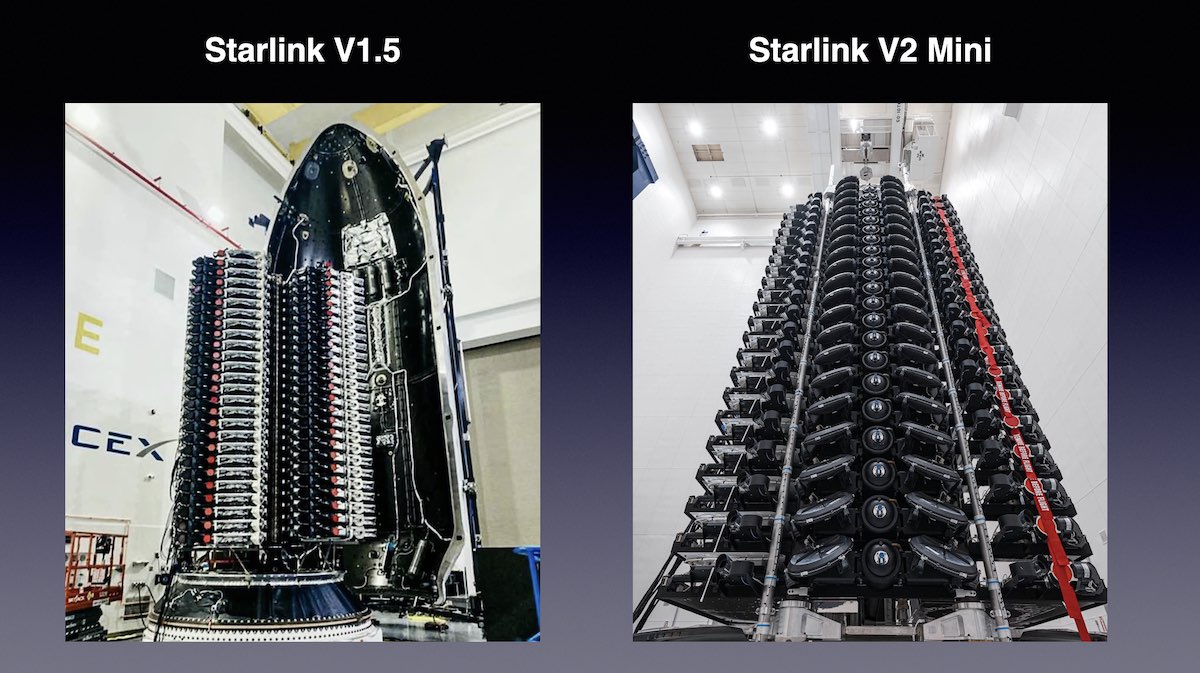
Starlink is a satellite internet constellation operated by American aerospace company SpaceX, providing coverage to over 60 countries. The goal of Starlink is to create a low latency network in space that facilitates edge computing on Earth. The challenge of creating a global network in outer space isn't a small one, especially because low latency is an important demand. SpaceX has proposed a constellation of almost 42,000 tablet-size satellites circling the globe in low orbit to meet this demand. Starlink operates on a satellite internet service technology that has existed for decades. Instead of using cable technology, such as fiber optics to transmit internet data, a satellite system uses radio signals through the vacuum of space. Ground stations broadcast signals to satellites in orbits, which in turn relay the data back to the Starlink users on Earth. Each satellite in the Starlink constellation weighs about 570 pounds and has a flat body. One SpaceX Falcon 9 rocket can put 60 satellites into orbit. Once users subscribe to Starlink, they receive a Starlink kit that includes a satellite dish, a dish mount and a Wi-Fi router base unit. Starlink also comes with a power cable for the base unit and a 75-foot cable for connecting the dish to the router. According to Starlink's website, it offers high speeds and latency as low as 20 milliseconds in most locations.
Satellite info
| Nation: | USA |
| Company/operator: | SpaceX |
| Platform/configuration: | Starlink |
| Mass: |
|
| Orbit: | 550 km - Low Earth Orbit (LEO) |
| Instruments: |
|
| Purpose: | Worldwide broadband internet access. |
| Launch vehicles: | Falcon 9 |
| Website: | https://www.starlink.com |
